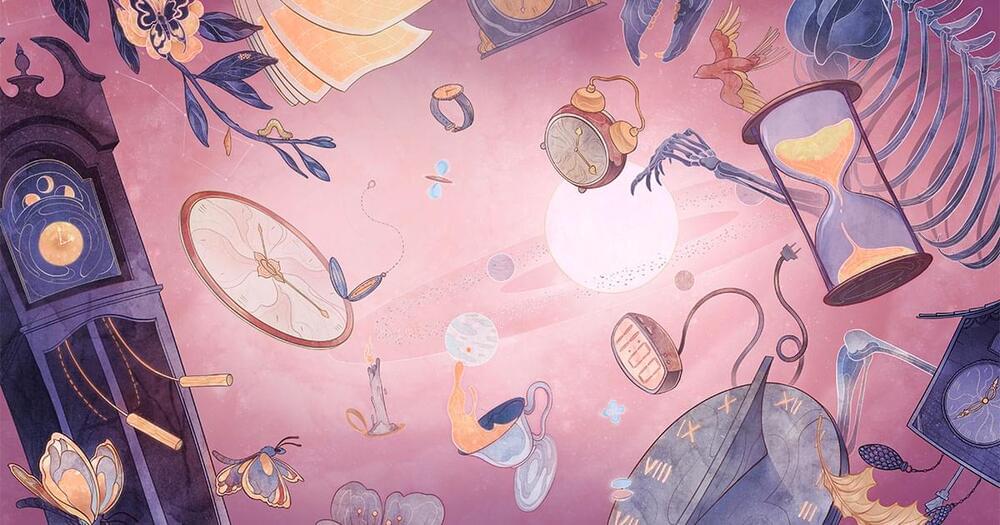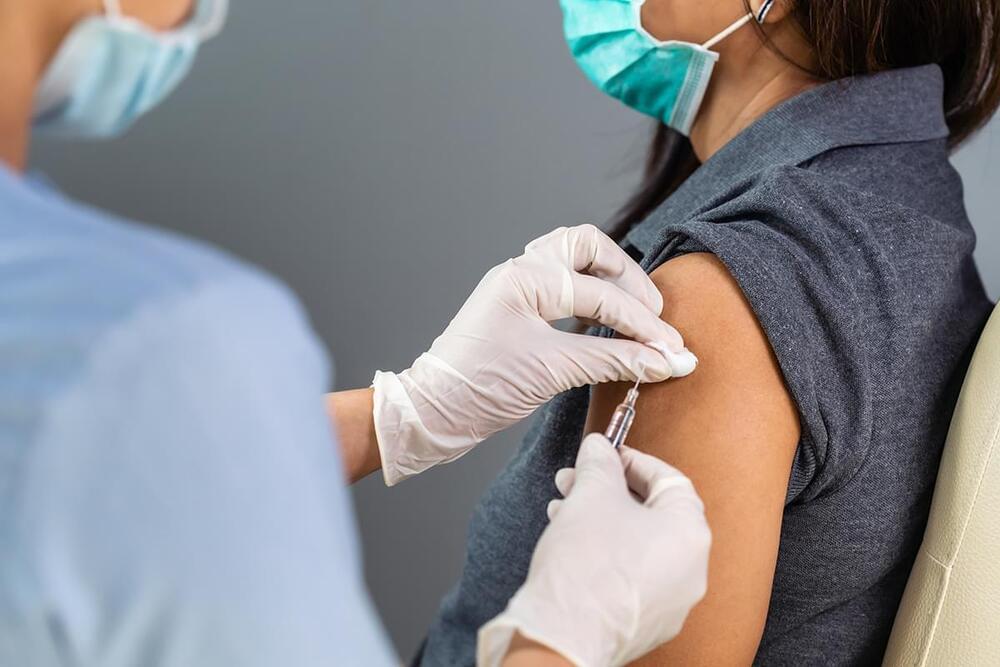The voices on Amazon’s Alexa, Google Assistant and others still lack the rhythms and intonation that make speech human. NVIDIA has unveiled new tools that can capture those natural speech qualities.
Get the latest international news and world events from around the world.


Amateur astronauts: SpaceX’s civilian launch on Sept. 15 is a mission like no other
The launch next month of the first all-civilian mission to orbit is an ambitious test for a burgeoning space industry’s futuristic dream of sending many more ordinary people to space in the next few years.
Why it matters: Companies and nations envision millions of people living and working in space without having to become professional, government-backed astronauts. Those hopes are riding on SpaceX’s next crewed mission, called Inspiration4.

SpaceX Starship: How the Mechazilla grabbing arm will enable a Mars rocket
SpaceX CEO Elon Musk has plans for a giant orbital arm that he claimed resembles a character from Godzilla.

Firms: Live global fire map of earth
Global fire map and data. NASA | LANCE | Fire Information for Resource Management System provides near real-time active fire data from MODIS and VIIRS to meet the needs of firefighters, scientists and users interested in monitoring fires. Fire data is available for download or can be viewed through a map interface. Users can subscribe to email alerts bases on their area of interest.

NIH launches study of extra COVID-19 vaccine dose in people with autoimmune disease
Trial also will test pausing immunosuppressive medication to improve antibody response.
The National Institutes of Health has begun a clinical trial to assess the antibody response to an extra dose of an authorized or approved COVID-19 vaccine in people with autoimmune disease who did not respond to an original COVID-19 vaccine regimen. The trial also will investigate whether pausing immunosuppressive therapy for autoimmune disease improves the antibody response to an extra dose of a COVID-19 vaccine in this population. The Phase 2 trial is sponsored and funded by the National Institute of Allergy and Infectious Diseases (NIAID), part of NIH, and is being conducted by the NIAID-funded Autoimmunity Centers of Excellence.
“Many people who have an autoimmune disease that requires immunosuppressive therapy have had a poor immune response to the authorized and approved COVID-19 vaccines, placing these individuals at high risk for the disease,” said NIAID Director Anthony S. Fauci, M.D. “We are determined to find ways to elicit a protective immune response to the vaccines in this population. This new study is an important step in that direction.”

Watch Rivian R1T Wade Through 3-Foot-Deep Water in Trial
Plan ahead.
We have brought you multiple videos of Tesla cars in ‘boat mode’ wading through flooded streets across different parts of the world. Electric SUV maker, Rivian, seems to have an unofficial ‘boat mode’ as well, judging from a reasonably well performance in a recent test run.
Tesla’s rival electric SUV-maker Rivian just showcased its new R1T going through deep waters and unlike gas-powered cars, it seemed unbothered.

Innovative flying car batteries promise 50-mile trips on 10-minute charge
The automotive electric vehicle revolution paves the way for urban air mobility, but people must not be naive to believe that electric vehicle batteries are enough for electric flight. The need for fast charging, 30 times the energy throughput, and three times the power demand requires a new generation of batteries.
Engineers at Penn State have now demonstrated two energy-dense lithium-ion batteries that can recharge with enough energy for a 50-mile eVTOL trip in five to ten minutes. These batteries could sustain more than 2,000 fast charges over their lifetime.
In the last couple of years, several prototypes have emerged – including from companies like Volocopter, Boeing, Lilium, SkyDrive. While some prototypes have included wheels, they all incorporate spinning rotors to facilitate takeoff and landing, including the air taxi shown off last year by Hyundai, which is basically a small helicopter.
NuScale modular nuclear reactors can produce over 2,000 kg/hour of hydrogen
NuScale Power, the startup specializing in the design of small modular nuclear reactors, has published new data concerning the production capacities of its NuScale Power Module (NPM). Thanks to the 25% increase in power output of an NPM, each NuScale module is now capable of producing 2,053 kg/hour of hydrogen, or nearly 50 metric tons per day.
Just one NuScale Power Module can produce 77 MWe of carbon-free electricity to power 60,000 homes in the U.S. NuScale’s flagship power plant design can house up to 12 modules for a total gross output of 924 MWe. The 924 MWe that a 12-module NuScale plant produces is enough to power nearly 700,000 homes with clean, reliable energy.
“The ability of our NPM to now produce even more clean hydrogen, in a smaller footprint, is yet another example of how NuScale’s technology can help decarbonize various sectors of the economy while providing additional revenue streams for customers,” said Dr. José Reyes, Chief Technology Officer and Co-founder of NuScale Power. “Coupled with our proven design, unparalleled safety, and load-following capabilities, this analysis further demonstrates that NuScale’s design is the gold standard in helping meet the demand for innovative solutions to challenging global energy needs.”